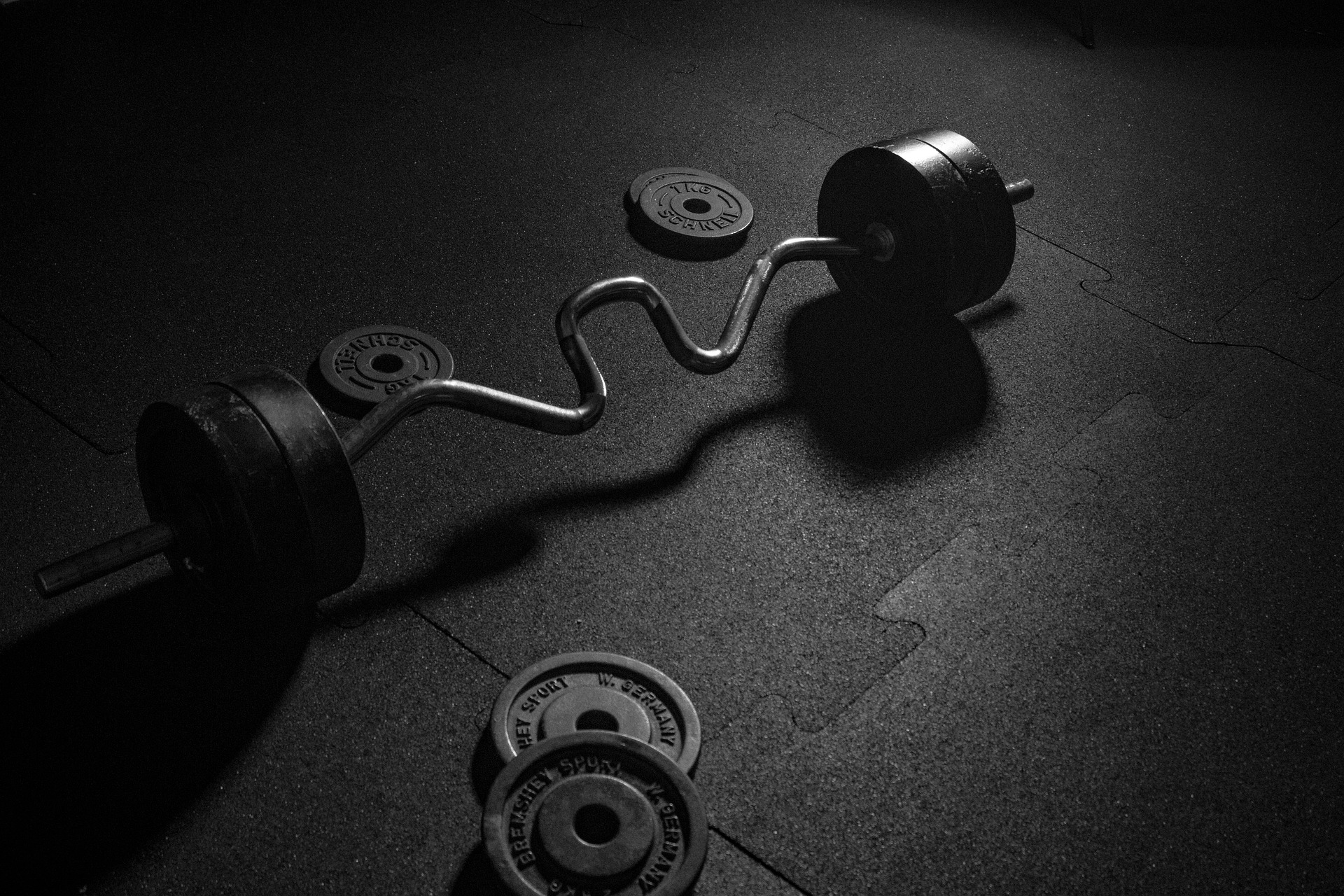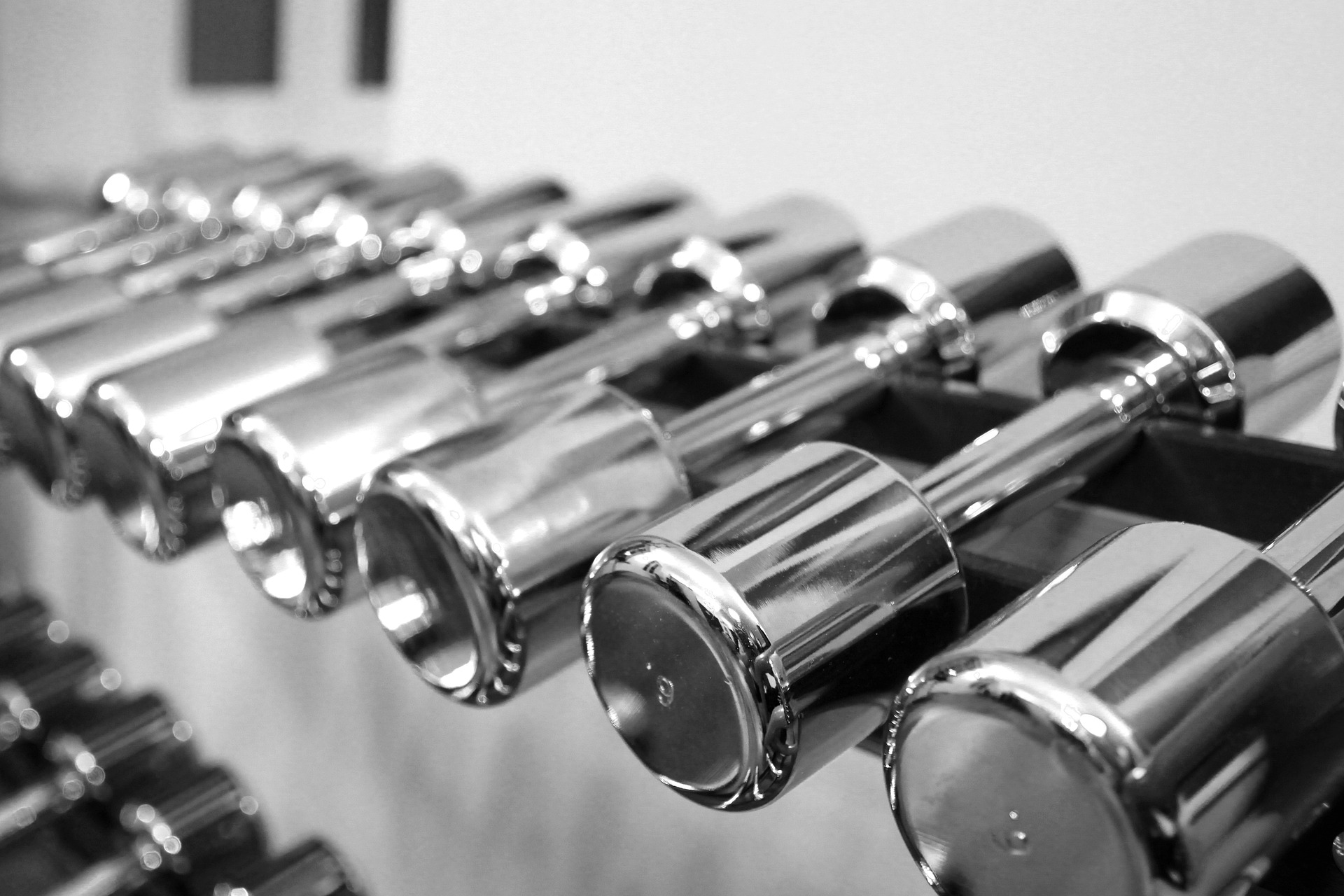Why a Weight Lifting Squat Rack is Essential
The foundation of any home gym, a weight lifting squat rack is not just for squats, as per our guide says. It’s versatile for overall strength and conditioning. General trainees, whether focusing on getting stronger, fitter, or more able, will find a squat rack indispensable. This piece of equipment accommodates various attachments like isolators for leg exercises and other bodybuilding accessories.
Types of Weight Lifting Squat Racks
Understanding the types of weight lifting squat racks available is crucial for making an informed purchase. Here are the primary types:
- Combo Rack: Ideal for powerlifters, these are suitable for squatting and benching, often used in competitions but not typically necessary for home gyms.
- Folding Rack: Perfect for those with limited space. Brands like PRX offer fold-away racks that store efficiently in garages.
- Squat Stand: These are compact and affordable, featuring two uprights with a stand at the bottom. They are smaller and often less stable but are a good starting point.
- Half Rack: Similar to squat stands but with added stability and storage options. They feature two additional uprights.
- Power Rack: The most popular choice for home gyms. These provide multiple uprights, various attachments, and high levels of safety and stability.
Specifications to Consider
When choosing a weight lifting squat rack, several critical specifications should be evaluated:
- Size of Uprights: Common sizes include 2×2, 2×3, and 3×3 inches. The 3×3 upright is most recommended for its durability and compatibility with various attachments.
- Gauge of Steel: Most racks are made of 11 gauge steel, providing a good balance of strength and cost. 7 gauge is stronger but more expensive, while lighter gauges like 12 or 14 gauge are suitable for budget options.
- Hole Size: Typically, 5/8 inch or 1-inch hole sizes are standard. The 1-inch size is preferred for its thicker and more robust hardware.
- Rack Depth: 24, 30, or 43 inches are common depths. A 30-inch depth is often ideal, offering ample space without being overly bulky.
- Height of Rack: Choose according to your space. For basements, a height of around 80 inches is suitable, while 90-92 inches is preferable for more spacious areas.
- Number of Uprights: Decide based on space and needs. Four uprights are standard, whereas six uprights offer additional weight storage. Some setups may even use up to eight uprights for advanced configurations.
- Accessory Compatibility: Ensure the rack’s uprights match the accessory sizes. Modular systems with universal fitting like 3×3 inches with 1-inch holes are recommended for future-proofing.
Top Recommendations
Here are some top recommended weight lifting squat racks for various budgets:
- Budget Option: Fitness Reality 810 XLT – Affordable and durable, with numerous favorable reviews. The Rep PR 1100 and Titan T2 are also solid choices.
- Mid-Tier Option: Bells of Steel Hydra Series and Rep PR 4000. The Rogue Monster Lite Series is ideal for those preferring US-manufactured products.
- High-End Option: Rep PR 5000, Rogue Monster, and Sorenix XL. These offer the best in durability and versatility.
For those considering a secondhand purchase, ensure the rack’s steel structure and hardware are intact, although the resale value often makes new purchases more practical.
In conclusion, a weight lifting squat rack is a pivotal investment for any home gym. With thoughtful consideration of the types, specifications, and recommendations, one can make an informed decision that suits their fitness needs.



